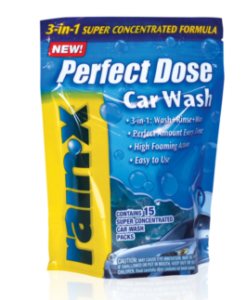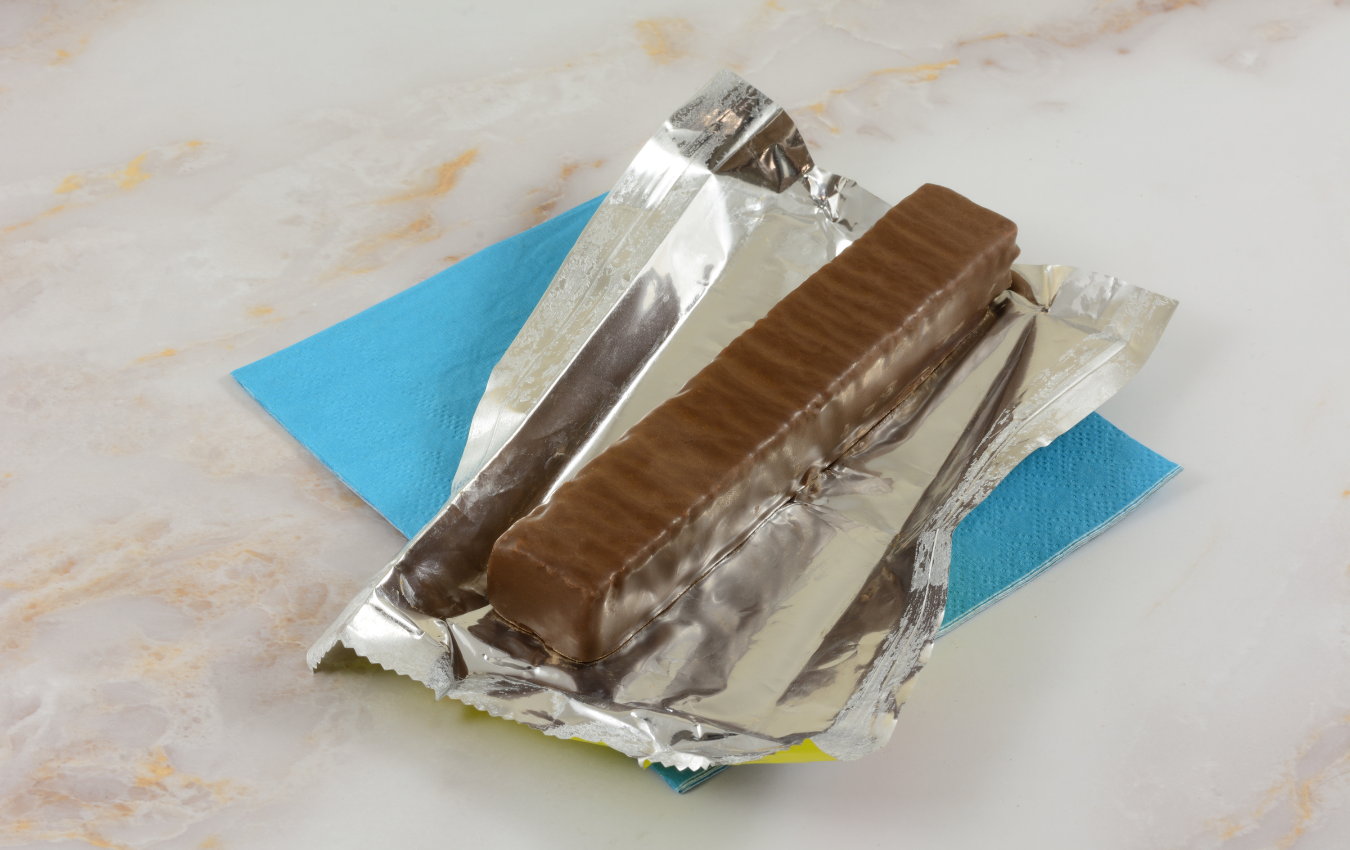Home » Flexible Packaging: Display vs. Bulk Carton Packaging
Flexible Packaging: Display vs. Bulk Carton Packaging
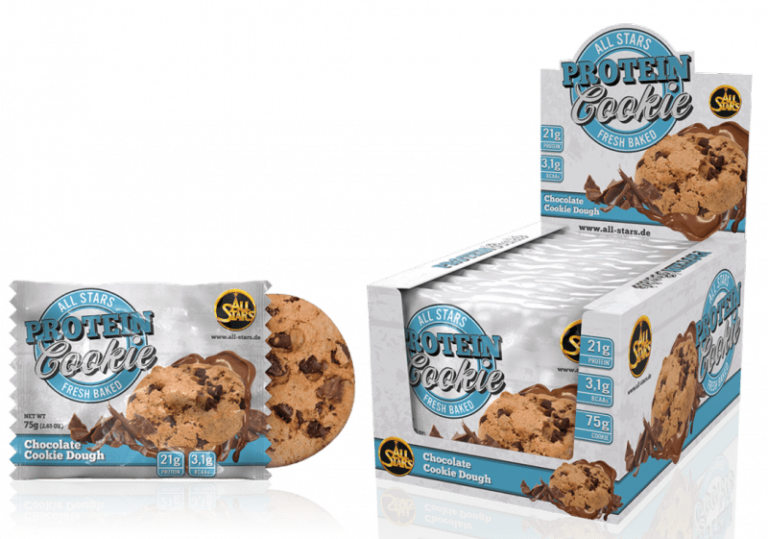
When designing flexible packaging, one key consideration is how the product will be displayed: Will it be showcased individually on retail shelves or packed in bulk carton packaging for distribution? This decision impacts the design, materials, and functionality of the packaging, as well as its cost-effectiveness and visual appeal.
Here’s what you need to know about aligning your packaging with your display or bulk requirements.
Retail Display Packaging
If your product will be displayed individually on retail shelves, the packaging must do more than just protect the product—it needs to sell it. Visual appeal, easy access, and branding play crucial roles in grabbing consumer attention.
Key Features for Retail Display Packaging:
- Eye-Catching Design
- Use vibrant colors, bold graphics, and clear branding to stand out on crowded shelves.
- Include essential product information and marketing messages prominently on the front.
- Structural Integrity
- The packaging must hold its shape and stand upright, whether hung on a pegboard, stacked, or placed in a display box.
- Convenience for Consumers
- Easy-to-open features like tear notches or resealable closures enhance the user experience.
- Sustainability
- Retailers and consumers value eco-friendly packaging. Options like recyclable or biodegradable materials align with these preferences.
Practical Examples:
- Snack Pouches: Designed with vibrant graphics and resealable zippers for easy access and freshness.
- Single-Serve Items: Packaging with perforations for hanging or stacking, ideal for point-of-sale displays.
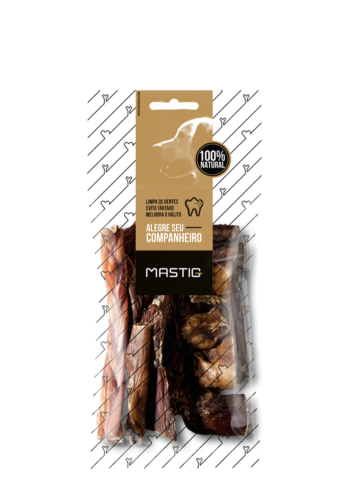
Bulk Carton Packaging
For products distributed in bulk, the focus shifts from individual consumer appeal to efficient storage and transportation. Bulk carton packaging prioritizes cost-effectiveness, protection, and ease of handling.
Key Features for Bulk Carton Packaging:
- Protective Design
- Durable materials like multi-layer flexible films or reinforced cartons ensure the product withstands stacking and shipping stresses.
- Incorporate cushioning elements if the products are fragile.
- Efficient Packing
- Optimize the size and shape of individual packages to maximize space utilization within the carton.
- Consider flat or nested packaging styles to reduce overall bulk.
- Clear Labeling
- Include external labels with product details, barcodes, and handling instructions to simplify logistics.
- Sustainability
- Bulk cartons often use corrugated materials or eco-friendly liners to minimize environmental impact.
Practical Examples:
- Foodservice Packaging: Large pouches of sauces or ingredients packed in cartons for restaurants or caterers.
Retail Restocking: Individually wrapped items packed in bulk for efficient replenishment of store shelves.
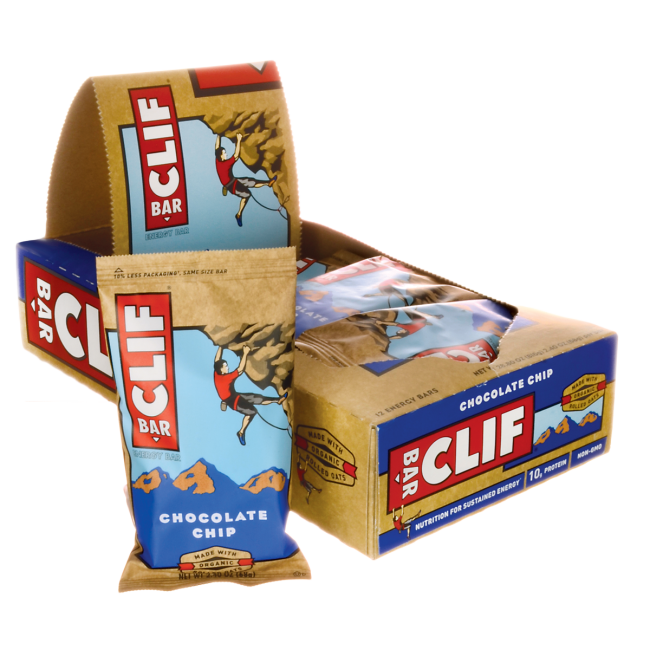
Comparing Display vs. Bulk Carton Packaging
Aspect | Retail Display | Bulk Carton Packaging |
Primary Goal | Attract and engage consumers at point-of-sale. | Protect and transport large quantities efficiently. |
Material Focus | High-quality visuals and convenience features. | Durability and space optimization. |
Sustainability | Often requires consumer-friendly recyclable options. | Focus on reducing overall material waste. |
Customization | Tailored to enhance shelf presence. | Standardized for easy stacking and shipping. |
Questions to Ask When Deciding
- Where Will the Product Be Sold?
- Retail shelves or wholesale distribution centers?
- What Is the End User’s Interaction?
- Will the packaging be visible to consumers, or will it only be seen by retailers or logistics teams?
- What Are the Transportation Requirements?
- Does the packaging need to be compact and durable for long-distance shipping?
- What Are the Storage Conditions?
- Will the product sit in warehouses or need to fit specific shelving configurations?
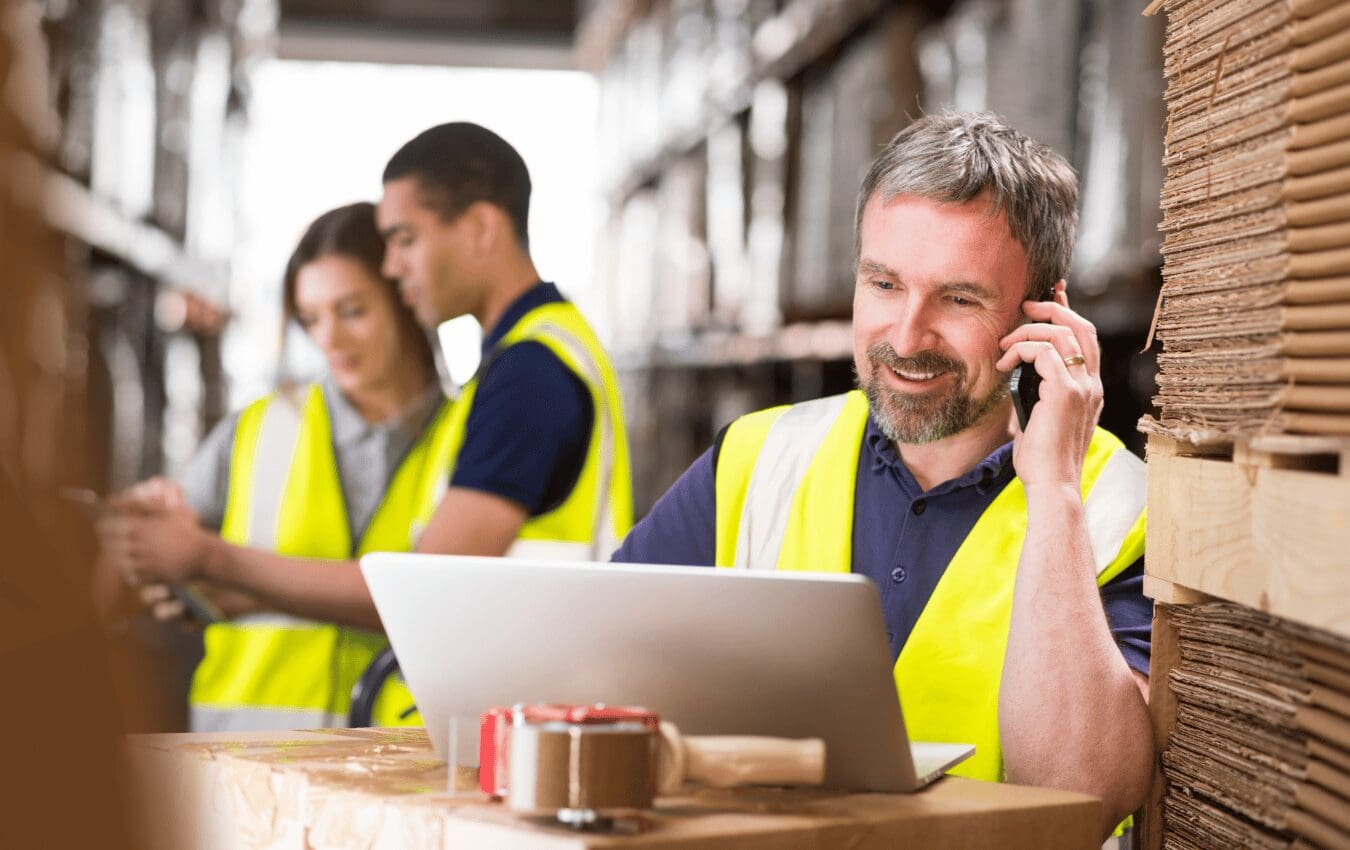
Why This Decision Matters
Choosing between retail display and bulk carton packaging affects every aspect of your product’s journey—from the first impression on customers to the efficiency of shipping and storage. Balancing these factors ensures your packaging meets both marketing and logistical needs.
Need help designing packaging for your product’s unique requirements? Contact us to develop custom solutions tailored to your distribution strategy!
In the retail environment, the placement of Point of Purchase (POP) displays is just as critical as their design and content. Strategic positioning can significantly influence consumer behavior, increase product
Choosing the right foam density isn’t about “soft” versus “hard” — it’s about controlling shock transmission and matching the foam’s cushioning curve to the product’s fragility. Using the wrong density
Moisture resistance and dimensional stability are critical performance factors for custom inserts, especially when products are shipped or stored in variable climates. Both foam and corrugated materials react differently to
Sustainability in pet food packaging is not just about recyclability—it’s about reducing environmental impact across the entire lifecycle. For products with high barrier needs like dry kibble, wet food, and
Home » Flexible Packaging: Display vs. Bulk Carton Packaging


